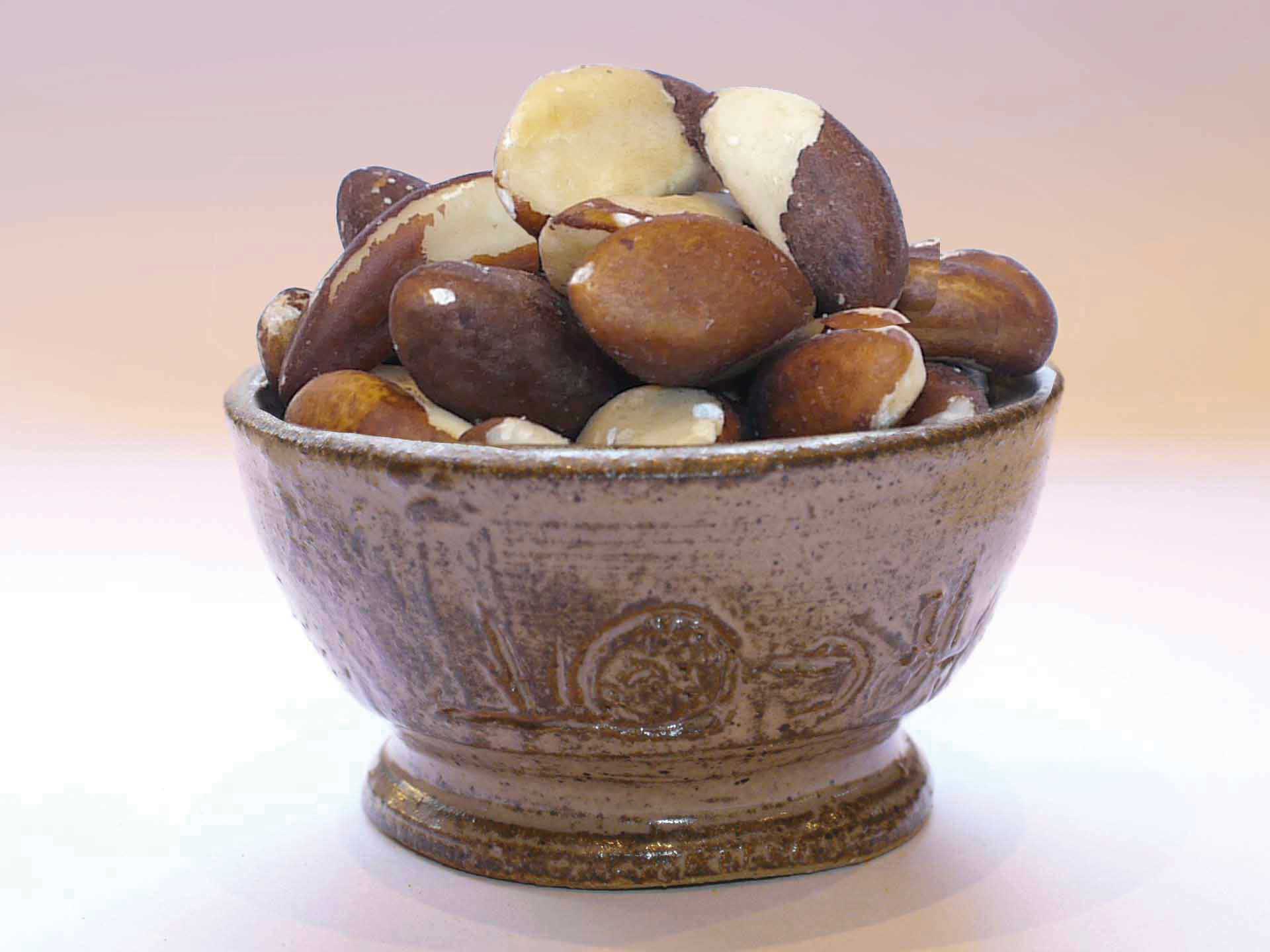Globalization of the Brazil Walnut Market
White Lion Food
May 28, 2020
Modern globalization processes and the improvement of production and logistics processes stimulate the development of markets for exotic products for most of the world. For example, if previously a Brazil nut was known only in local markets, now it is already mastering an ever-increasing geography. An important factor stimulating growth in the world of Brazil nuts in the world was the desire of the population for a healthy diet and the recommendations of doctors to include healthy foods rich in rare nutrients in their diet.
This includes Brazil nut, valuable for its high selenium content.

Its trunk is cylindrical, straight and unbranched, up to almost 2 meters in diameter in older specimens. The cup is very branched, up to 20 meters in diameter. Axillary or terminal flowers, solitary or in clusters, about 2cm in diameter, 6 petals, pale yellow or white. Dried fruit in the form of a globose and woody capsule, orange-like shape and size, between 8-15cm in diameter.
Modern globalization processes
Modern globalization processes and the improvement of production and logistics processes stimulate the development of markets for exotic products for most of the world. For example, if previously a Brazil nut was known only in local markets, now it is already mastering an ever-increasing geography. An important factor stimulating growth in the world of Brazil nuts in the world was the desire of the population for a healthy diet and the recommendations of doctors to include healthy foods rich in rare nutrients in their diet. This includes Brazil nut, valuable for its high selenium content.
There is an increasing demand for Brazil nuts internationally. Initially, the size of the market grew at a standard rate from year to year, but lately the numbers have tripled many times.
Stagnation or opportunity?
Brazil nut, being an exotic product, has great prospects in the global market. Despite the temporary stagnation of the global market, a number of positive aspects can be noted that contribute to its development. Among them are an increase in the percentage of peeling in Brazil nuts producing countries, diversification of both producer and importing countries, the promotion of healthy nutrition among the population, and urbanization processes. Among the constraints can be noted the political and economic crisis in the world, inhibiting investment in the industry, and affecting the purchasing power of the population.
